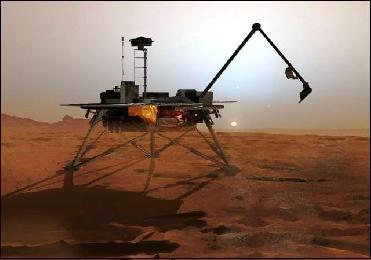
The Phoenix Mars Lander in the Martian soil. NASA Photo
WASHINGTON (BNS): NASA's Phoenix Mars Lander has entered safe mode late Tuesday in response to a low-power fault brought on by deteriorating weather conditions. While engineers anticipated that a fault could occur due to the diminishing power supply, the Lander also unexpectedly switched to the "B" side of its redundant electronics, and shut down one of its two batteries.
During safe mode, the Lander stops non-critical activities and awaits further instructions from the mission team. Within hours of receiving information of the 'safing' event, mission engineers at NASA's Jet Propulsion Laboratory, Pasadena, Calif, and at Lockheed Martin in Denver, were able to send commands to restart battery charging. It is not likely that any energy was lost.
Weather conditions at the landing site in the north polar region of Mars have deteriorated in recent days, with overnight temperatures falling to -141F (-96C), and daytime temperatures only as high as -50F (-45C), the lowest temperatures experienced so far in the mission.
A mild dust storm blowing through the area, along with water-ice clouds, further complicated the situation by reducing the amount of sunlight reaching the Lander's solar arrays, thereby reducing the amount of power it could generate. Low temperatures caused the Lander's battery heaters to turn on Tuesday for the first time, creating another drain on precious power supplies.
Science activities will remain on hold for the next several days to allow the spacecraft to recharge and conserve power. Attempts to resume normal operations will not take place before the weekend.
"This is a precarious time for Phoenix," said Phoenix Project Manager Barry Goldstein of JPL. "We're in the bonus round of the extended mission, and we're aware that the end could come at any time. The engineering team is doing all it can to keep the spacecraft alive and collecting science, but at this point survivability depends on some factors out of our control, such as the weather and temperature on Mars."
The ability to communicate with the spacecraft has not been impacted. However, the team decided to cancel communication sessions in order to conserve spacecraft power, a NASA statement said .
Over the next several weeks, four survival heaters will be shut down, one at a time, in an effort to conserve power. Engineers on Tuesday sent commands to disable the first heater. The heater warms Phoenix's robotic arm, robotic-arm camera, and thermal and evolved-gas analyzer (TEGA), an instrument that bakes and sniffs Martian soil to assess volatile ingredients. Shutting down this heater is expected to save 250 watt-hours of power per Martian day.
Originally scheduled to last 90 days, Phoenix has completed a fifth month of exploration in the Martian arctic. As the Martian northern hemisphere shifts from summer to autumn, the Lander was expected to generate less power due to fewer hours of sunlight reaching its solar panels. "It could be a matter of days, or weeks before the daily power generated by Phoenix is less than needed to operate the spacecraft," said JPL mission manager Chris Lewicki. "We have only a few options left to reduce the energy usage."
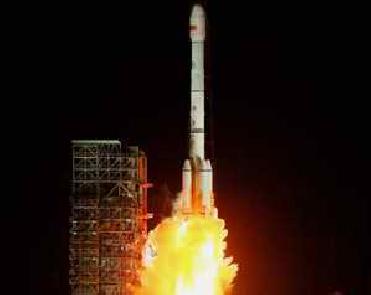 Previous Article
Previous Article Next Article
Next Article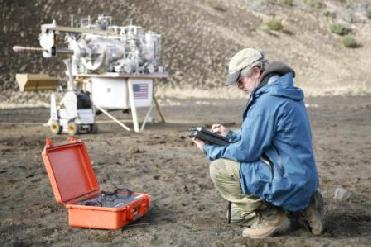

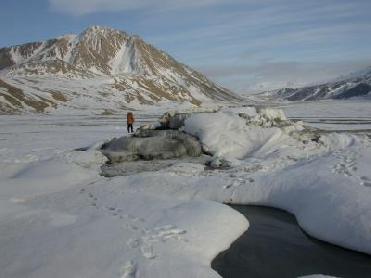
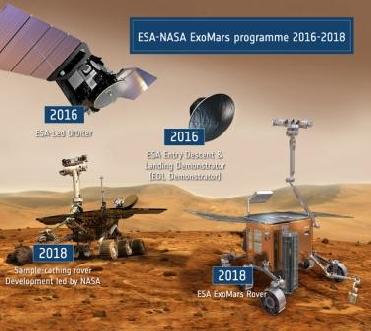










The Indian Air Force, in its flight trials evaluation report submitted before the Defence Ministry l..
view articleAn insight into the Medium Multi-Role Combat Aircraft competition...
view articleSky enthusiasts can now spot the International Space Station (ISS) commanded by Indian-American astr..
view article